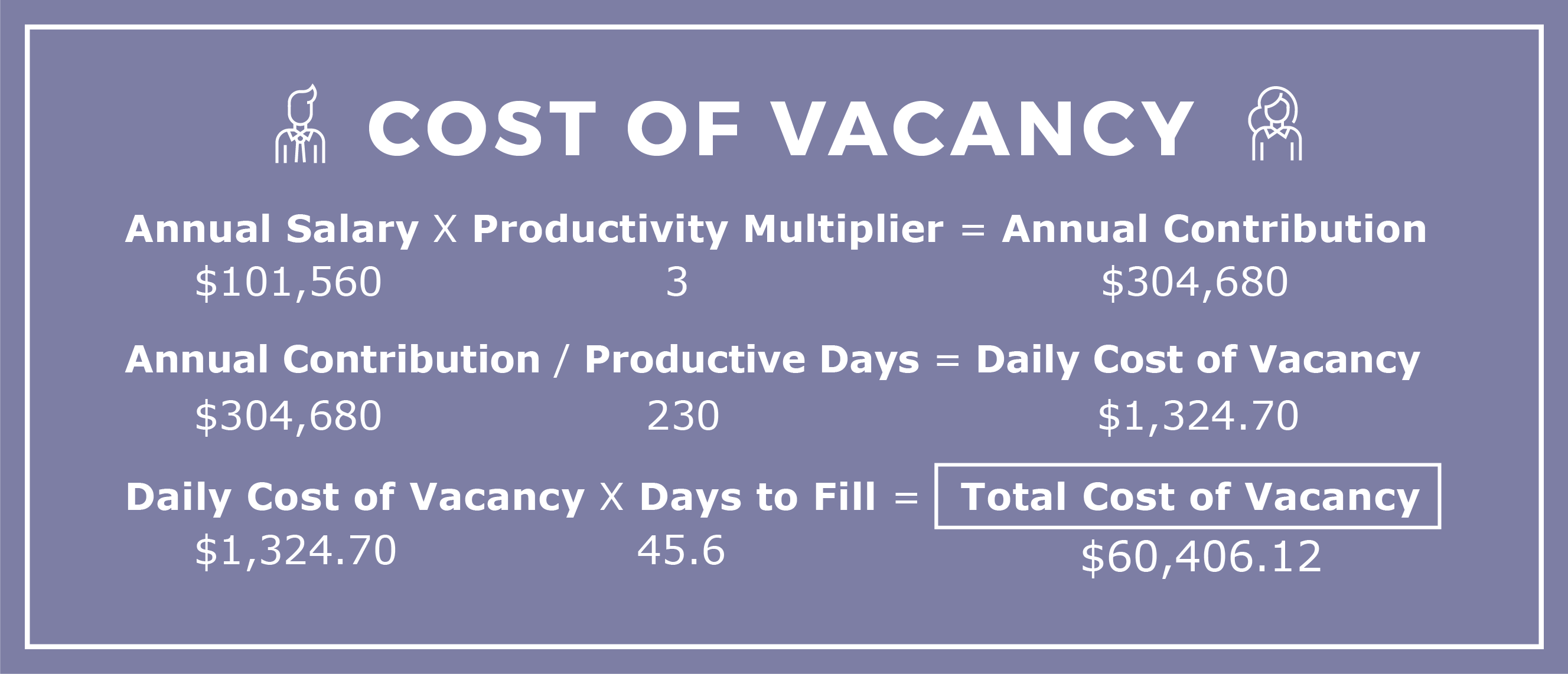As you’ve probably noticed, it is taking longer to fill positions than ever before—that is, if you can fill them at all. Fewer qualified candidates are submitting their resumes and your recruiters have no choice but to tirelessly tap passive industry professionals hoping the opportunity catches their interest. How did we get here?
 As many insurance thought leaders have been warning for years, the long-predicted talent crunch is hitting the insurance industry with incredible force. According to the latest iteration of The Jacobson Group and Aon’s Semi-Annual Insurance Labor Outlook Study, a growing demand for staff and positive outlook for business revenues has continued to make it difficult to recruit for most positions. A pending mass exodus of experienced professionals and virtually non-existent unemployment have set the perfect stage for a candidate-driven market, which is only going to intensify for the foreseeable future.
As many insurance thought leaders have been warning for years, the long-predicted talent crunch is hitting the insurance industry with incredible force. According to the latest iteration of The Jacobson Group and Aon’s Semi-Annual Insurance Labor Outlook Study, a growing demand for staff and positive outlook for business revenues has continued to make it difficult to recruit for most positions. A pending mass exodus of experienced professionals and virtually non-existent unemployment have set the perfect stage for a candidate-driven market, which is only going to intensify for the foreseeable future.
Yet some insurers simply dismiss this grim talent forecast. Instead, they rely upon their remaining employees to take up the slack and divide the additional workload among themselves, falsely associating it with immediate cost savings. But what some employers underestimate is the overall financial impact of a vacancy. When an employee retires or leaves his or her position for an opportunity with another company, a gap is created and your organization can count on increased expenses in overtime and decreased job production and business opportunities.
Calculate the Potential Loss
Let me help you visualize this. According to Harvard University, an average employee’s value for an organization is three times his or her salary. Let’s take an actuary for example. The Bureau of Labor Statistics found the median annual wage for actuaries was $101,560 in 2017. Imagine that professional is working for an organization with 300 total employees. How much money would that company lose when the actuary leaves? Recent reports show it took an average of 45.6 working days to fill a position in the financial services industry in 2017. If the actuary is in a higher-level position, the vacancy period would undoubtedly be longer.
The below graphic demonstrates how to calculate the cost of vacancy based on this information.

The total cost of this actuarial vacancy would be $60,406. Of course, multiple job openings further compound this cost.
This illustration is likely already frightening, but you also need to consider what the formula does not necessarily include when calculating lost revenues. Although it may seem like your remaining employees are handling increased workloads well, they are likely struggling to keep up. While short-term they may certainly be happy with the possibility of working overtime and enjoy adding additional value to their organizations, the sacrificed work/life balance and added stress become an insidious danger. Consequently, employees might feel taken advantage of, burn out or be less motivated to perform their responsibilities, which can drive turnover rates and ultimately push the cost of vacancy even higher.
 You should also consider the amount of knowledge and experience lost when an employee leaves the organization. In many cases, employees give a two-week notice to their managers, which starts the transition and hand-off period. But let’s be honest: do you think the employees leaving their positions are giving their absolute best those last couple weeks? While there are some professionals who will strive to bring matters to a successful conclusion, it is safe to assume most will not. Also, is two weeks really enough for professionals to transfer all of their know-how and skills to others? And of course, the losses are even greater if exiting employees are in higher-impact positions.
You should also consider the amount of knowledge and experience lost when an employee leaves the organization. In many cases, employees give a two-week notice to their managers, which starts the transition and hand-off period. But let’s be honest: do you think the employees leaving their positions are giving their absolute best those last couple weeks? While there are some professionals who will strive to bring matters to a successful conclusion, it is safe to assume most will not. Also, is two weeks really enough for professionals to transfer all of their know-how and skills to others? And of course, the losses are even greater if exiting employees are in higher-impact positions.
When considering all of the different addends that contribute to the real cost of vacancy, you have the right to be concerned, especially since retirements and resignations are not always anticipated. How can you be better prepared?
Alter the Future
Most importantly, insurers must focus on reevaluating their salary levels to retain top talent. Demonstrating that your organization competitively compensates its employees is a must to stand out in today’s talent marketplace. When professionals are satisfied with their compensation, they are less inclined to leave a current position for a new opportunity. High salary levels also make competitors think twice before making an offer to your employees.
 Intentional corporate culture is another a key ingredient in preventing employee turnover. Bottom line: employees should feel content working for your organization. It is no longer enough to stay in a transactional employer-employee relationship. It is important insurers treat their workforces with empathy and respect, focusing on supporting their individual career journeys and meeting their needs.
Intentional corporate culture is another a key ingredient in preventing employee turnover. Bottom line: employees should feel content working for your organization. It is no longer enough to stay in a transactional employer-employee relationship. It is important insurers treat their workforces with empathy and respect, focusing on supporting their individual career journeys and meeting their needs.
Even if you follow these steps and start investing in creating an engaging, vibrant workplace full of satisfied professionals, some employees are going to leave their positions. Establishing a relationship with a recruiting firm can give you unique solutions for mitigating the cost of these vacancies. Insurance recruiting firms with a strong understanding of the labor market and its current trends can expand your talent pool and provide appropriate and timely temporary staffing solutions when needed. Not only can they help you stop hemorrhaging money, they can also provide useful insights for managing your contract employees to maximize their productivity and impact.
Quality human resources firms are not just proficient in providing temporary stop gaps. They can also act as valuable partners who can equip you with appropriate contingency plans and workforce management strategies. It is best to look for a boutique search firm with unique access to a network of experienced, talented professionals. A reliable partner can also offer proven consultative insights into how your organization can prepare for today’s challenging recruitment reality.
One thing is certain. Some are underestimating the true cost of vacancy in today’s competitive talent landscape. Those who understand the value of retaining professionals and aim to make necessary adjustments to keep employees in their positions will stay ahead of their competition. To successfully navigate the evolving industry marketplace, insurers ultimately need to achieve employer-of-choice recognition and establish beneficial partnerships.